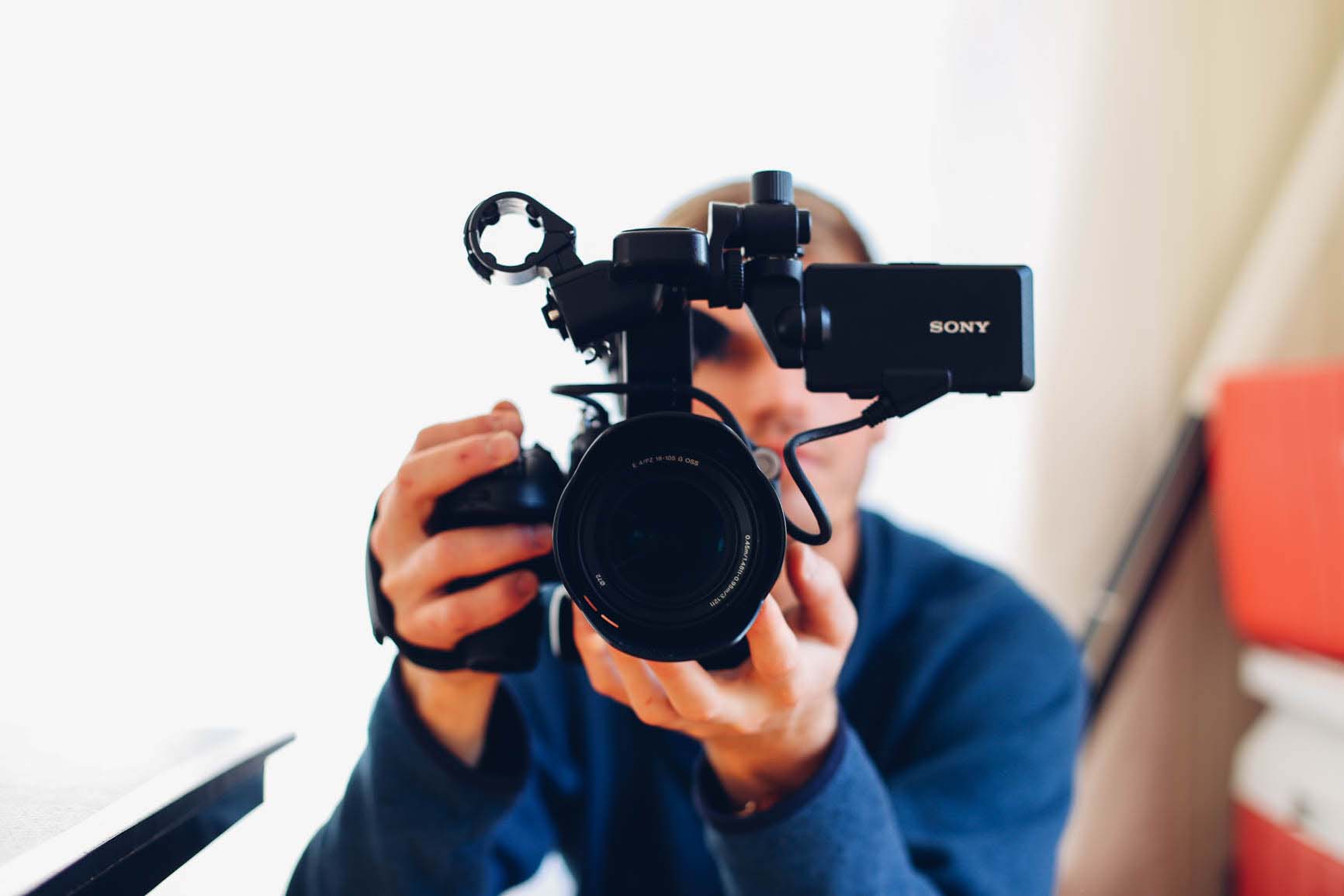Should We Turn On The Camera?
- by Kris Bonn

In September 2016, I wrote a blog for the Ontario Trial Lawyers Association in the wake of Edmonton judge, Justice Denny Thomson’s decision to allow television cameras inside the courtroom to broadcast his decision in the Travis Vader murder trial.
You can read that blog here.
A year and half later, this issue is once again top of mind and in the news.
The murder trial of Gerald Stanley has captured the Country’s attention. For those living under a rock, Stanley, a 56-year old Saskatchewan farmer was charged with second-degree murder in the shooting death of Colten Boushie, a 22-year old man from the Red Pheasant Cree Nation. The Saskatchewan case has ignited the debate across Canada about the issues of racism and justice.
Due to the intense interest in this case from around the country, a group of media outlets applied to broadcast or live stream parts of the trial, arguing it had “major social and justice interest and importance.” The application filed jointly by CBC News, Global News, CTV, Postmedia Network and Aboriginal Peoples Television Network, asked for three fixed cameras to record, broadcast and live stream specific portions of the trial, including the trial judge’s opening remarks, opening addresses by the defence and the Crown, closing arguments and the verdict.
The application included the following conditions to protect the integrity of the trial process:
- none of the jurors or witnesses would have been captured on camera;
- no camera operators would have been in the courtroom; and
- Justice Popescul would have had a kill switch at his side to stop the transmission whenever he wanted
Boushie’s family supported the application and wanted the trial proceedings broadcasted to the nation.
The trial judge, the Chief Justice of Saskatchewan’s Court of Queen’s Bench, Martel Popescul denied the application. He said allowing the cameras would be a “marked departure” from the norm.
As I told the CBC reporter recently, I do not agree with Justice Popescul’s complete ban on cameras inside a courtroom. I believe that in this case, limited access would have been appropriate.
As I wrote last fall, there is a danger that if an entire trial is broadcasted to millions of people, there is a real risk of influencing the outcome. Knowing that their words will be broadcasted live across the country could certainly influence a witnesses’ testimony. To protect the sanctity of the process, I do not support live broadcasting of an entire trial.
This being said, once the evidence has been heard and there is no risk to the trial process, what is the harm in allowing the closing arguments and verdict to be broadcasted to the public?
These are important cases that shape our culture. Not everyone has the time to personally attend at the courthouse to listen live to a trial. Too often the law is slow to change and evolve with the time. We are all much more visual people.
I do not agree with Justice’s Popescul’s reason to deny the application on the basis that allowing cameras would be a “marked departure” from the norm.
Maybe it is time that we depart from how things have been done in the past. If there is no harm to the process, I say we should be opening our courtrooms to the public and allow limited recording of important trials.
